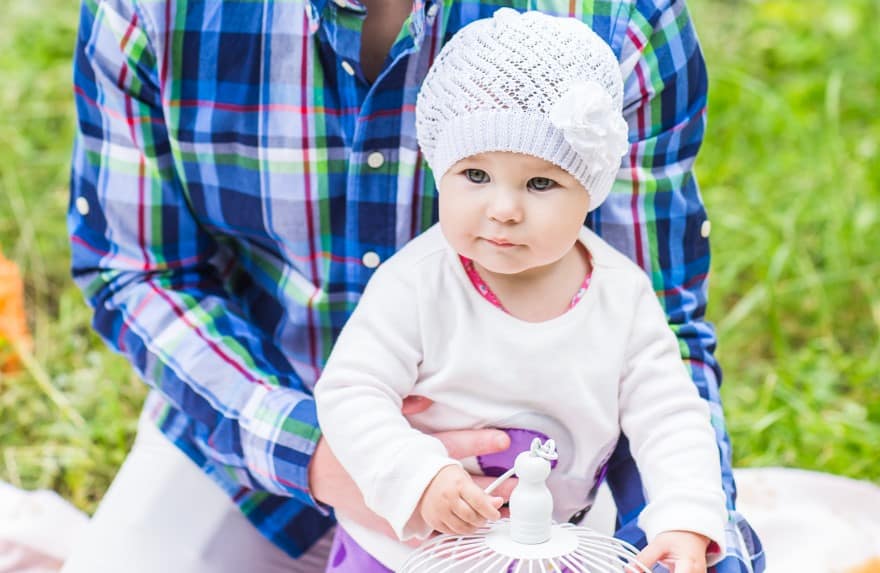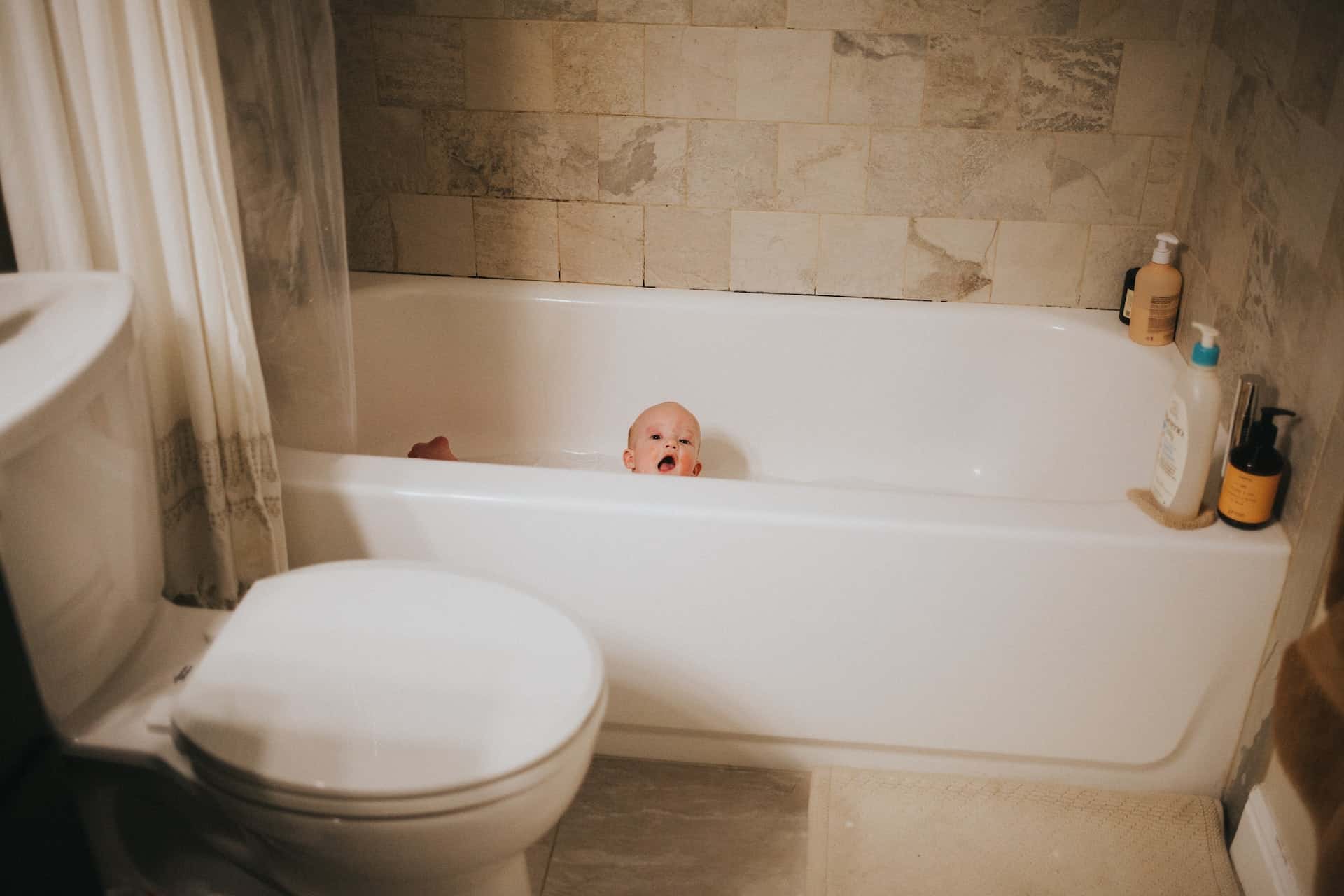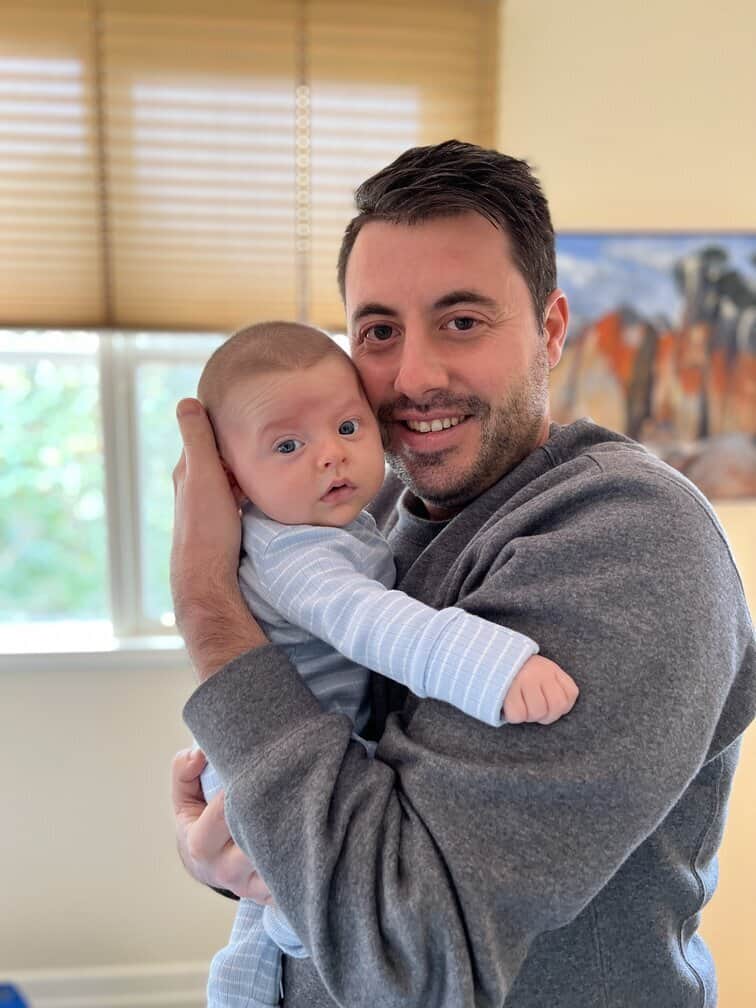As a parent, I remember how hard the toddler years are, and the 16-month sleep regression is particularly painful.
Life is busy and stressful sometimes, especially when you have a young family, and that’s before throwing sleep deprivation into the mix. If your toddler suddenly can’t sleep at night, don’t worry: it’s normal, and it will pass (I know this from experience!).
Here, we’ll have 16 Month sleep regression explained and share a few things you should know about 16-month sleep regression, and how to survive it.
What is the 16-month sleep regression?
There are a few factors that may cause a 16-month sleep regression.
Firstly, it is considered by some to be the start of another ‘Wonder Week’ (see the ‘Wonder Weeks’ book for more information). At around 17 months, toddlers go through a huge cognitive leap. They are learning, very rapidly, how systems work. He or she will develop a sense of themselves and how they fit into both your family and the wider world.
While this is an exciting ‘leap’, it’s also pretty exhausting for parents. Toddlers may become more unsettled and clingy in general, which may cause them to wake more at night. They may also experience nightmares at this point.
This is also a notoriously difficult stage for another reason. As your child continues to move away from ‘baby’ into ‘toddler’ territory, they also drop more of their naps. At this stage, your child may only want to have one nap per day and it might be a lot shorter than it used to be. Unfortunately, that nap doesn’t always happen at the most convenient time. Plus, if they nap too early, they’ll be overtired and cranky just before bed.
Think of it as training for the moment when your toddler drops their naps completely!
Read also: What is a Sleep Regression?
How to tell if your baby is going through the 16-month sleep regression
There are some obvious signs, but these are slightly different than the younger sleep regressions (like the 6-month sleep regression). The signs include:
- Sleeping poorly at night: Your child may wake more often wanting a cuddle or from having a nightmare.
- Muddled nap times: Naps may vary at this point as your child attempts to transition into one nap. They may sleep for a long time one day, and then barely nap the next day.
- Becoming clingy: This is difficult, especially for working parents, but toddlers may prefer being with their main carers at this stage and can find separation a little more difficult. They may also need entertaining more often and may find playing alone trickier.
- Difficult behavior: Full-blown toddler tantrums might emerge at this stage, so buckle up!
How to make the 16-month sleep regression easier
There are a few things you can do to make this stage easier:
Trial different nap times
It may take a little while to figure out the optimum time for a nap. This may vary depending on your child, and your childcare situation. Take a little while to try a few different options.
Many children seem to prefer an afternoon nap at this stage. Just after lunch is a good time to try out, as this will give them the energy to make it through til bedtime without becoming too cranky.
Aim for consistency (but don’t beat yourself up too much about it)
Try to maintain a consistent naptime between carers. For example, you should roughly aim for the same naptime at home, at daycare, and with a babysitter.
This isn’t always possible. Sometimes, if your child sleeps poorly at night, they’ll be exhausted the next day and may need more sleep. Also, life tends to get in the way of routines: long drives, day trips, and appointments can all interfere with nap times, so try not to worry if it fluctuates from time to time.
Sleeping while traveling can be tricky, too. If you can, stick to a sleep schedule, but now is the time to go with the flow more than ever. (You can check out our guide to how to make your Pack n Play dark enough for sleep for some ideas on how to settle your kid on vacation).
Keep the bedtime routine consistent
Even if your child is very unsettled at night, keep the bedtime routine consistent. The bedtime routine for this age can include:
- Bathtime
- Quiet, soothing voices
- Dimming the lights
- A few bedtime stories
- Lullabies or white noise as your child settles to sleep (you can find out more about white noise machines in our guide to the best baby sleep products)
Dealing with clinginess
Some children seem to need more physical contact with their parents. This is completely normal. Your toddler might seem super grown up, but they’re still very young. If your child is very unsettled or upset at night, it can be really hard for you to deal with.
There are a few things you can do to help.
You can try to figure out what is causing their anxiety. Is the room too dark? Are they afraid of one of their toys? Is something casting a strange shadow in their room? It’s hard to tell, and you may want to avoid asking these questions directly in case it plants an idea in their head! It may be worth experimenting here, for example, by buying a brighter nightlight.
Some parents find it easier to just sleep in the room with their toddlers if they are very anxious. This may be the only way to go, especially if you work and you need to get some sleep. Eventually, you’ll have to transition away from this, but it may be worth a try if you reach a crisis point.
Also, make sure you spend as much quality time as you can with them during the day. This is hard when you are a working parent or carer, but even half an hour of good quality playtime after dinner will fill up their ’emotional tank’ and help them to feel settled and reconnected with you.
Introduce attachment objects
At this age, you still want to be careful with what your child takes into their cot with them, as there’s still a risk of suffocation. However, now is a good time to get your child attached to a lovey, if they haven’t already. Mine took a little while to attach to a particular toy, but it was around this stage that they picked one favorite.
Once your child hits a year old, it’s considered safe to let them sleep with a lovey or a soft toy. Just don’t overload their sleeping space with toys, and make sure the toys aren’t too large.
Allowing your child to build an attachment with a special toy can help them to feel safe and comforted, and may allow them to settle themselves back to sleep more easily.
If you’re interested in knowing more about the creation between babies’ sleep and loveys, check out this comprehensive guide to learn more.
Get them involved
Toddlers at this age may feel that they want to get involved in everything. That’s a good thing, as it will help them to learn key skills. However, it can be hugely frustrating when you’re in a hurry!
When you do have more time, don’t be afraid to get them involved in chores and jobs. If you’re cooking, let them wash vegetables in a bowl of fresh water. If you’re doing laundry, let them help you stuff it all into the machine. Buy them a child-sized broom and let them sweep up with you.
Toddlers are trying to understand their place in the family at this stage, and they will enjoy the mental challenge of trying to help.
Take a break
Don’t underestimate how difficult this stage is! I found this stage of parenting tough sometimes, especially when the second child came along. Modern life is very busy, so throwing sleep regression into the mix is difficult.
Make sure you schedule some time for yourself. This is hard when you have a clingy toddler, but even an hour every week to go for a run will give you a moment to breathe.
How to tackle sleep training during the 16-month sleep regression
Sleep training is tough at the best of times. I’d recommend completely avoiding trying a new sleep training schedule during a regression. Your child will be too emotional and anxious to manage, and you’ll end up frustrated and upset.
I know this from experience: we tried to sleep-train our son during what we now realize was a sleep regression, and it ended in disaster (I’m not sure who cried more, us or him).
If you already sleep train, just make sure that you keep the structure loosely in place (for example, the bedtime routine and your chosen routine for settling them back to sleep if they wake in the night).
However, I would say that toddlers are unpredictable creatures. Don’t beat yourself up if sleep training goes wrong at this point. You can continue the sleep training when the regression is over, and this stage will pass eventually.
Frequently asked questions
Here are some questions you may have about the 16-month sleep regression:
Question: How long does the 16-month sleep regression last?
Answer: The 16-month sleep regression can last from 2-6 weeks.
Question: How can I help my child to manage their emotions?
Answer: A toddler’s feelings can be explosive at this age. The key things to remember are:
Have consistent rules and boundaries (time out for throwing toys, for example)
Talk to them about their feelings and help them to give their emotions a name
Talk about your feelings, too
Make sure to end any tantrums with a cuddle and words of reassurance
Question: Can teething play a role in the 16-month sleep regression?
Answer: Absolutely. Toddlers are still suffering from teething at this age, especially as the larger teeth start to arrive. Don’t be afraid to visit your dentist if you’re concerned.
16-month sleep regression: the key takeaways
The key things to remember about the 16-month sleep regression are:
- Toddlers are going through a huge leap at this stage, and sleep regression is normal
- Naptimes may change a lot, and it may take time to settle down
- Consistency is key
- It’s normal for your child to be clingy at this stage
- Make sure to take some time out for yourself when possible
I remember this stage well, and I understand how hard it is, but it will pass eventually. As with any stage of parenting, don’t be afraid to ask for help. It takes a village to raise a child, after all.
As a new dad himself, David understands the struggles in dealing with a newborn’s sleep schedule. He knows how hard it is to work and deal with a lack of sleep at night. He thoroughly tests out products and can advise which are best for your little one. In his spare time, he enjoys riding ATVs and BMX.




